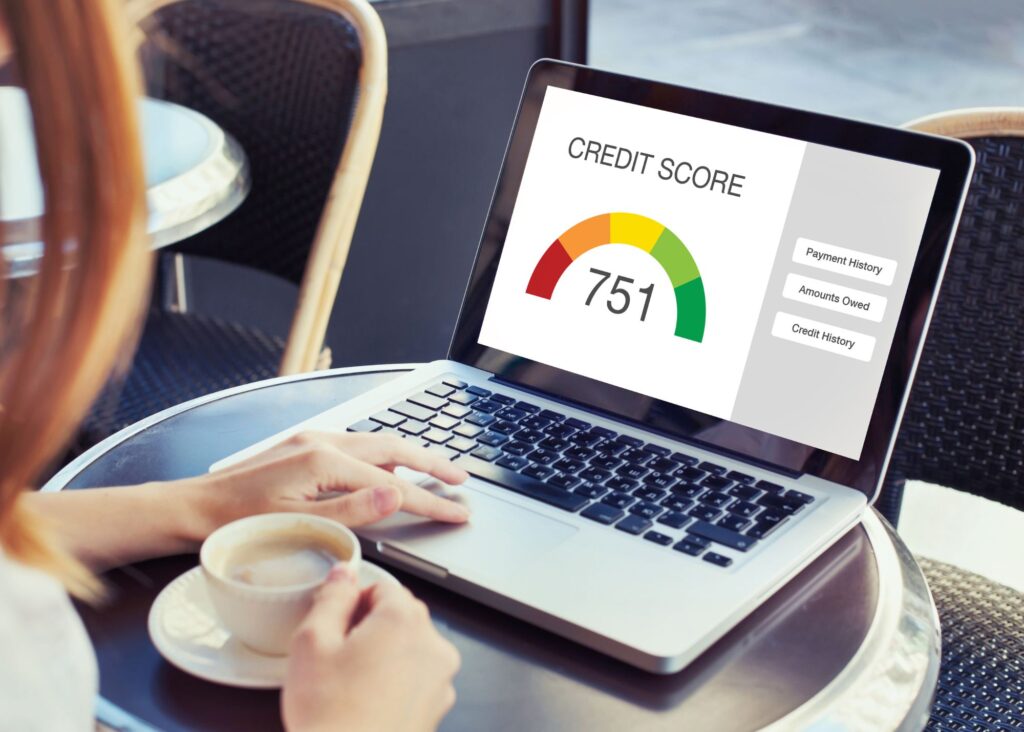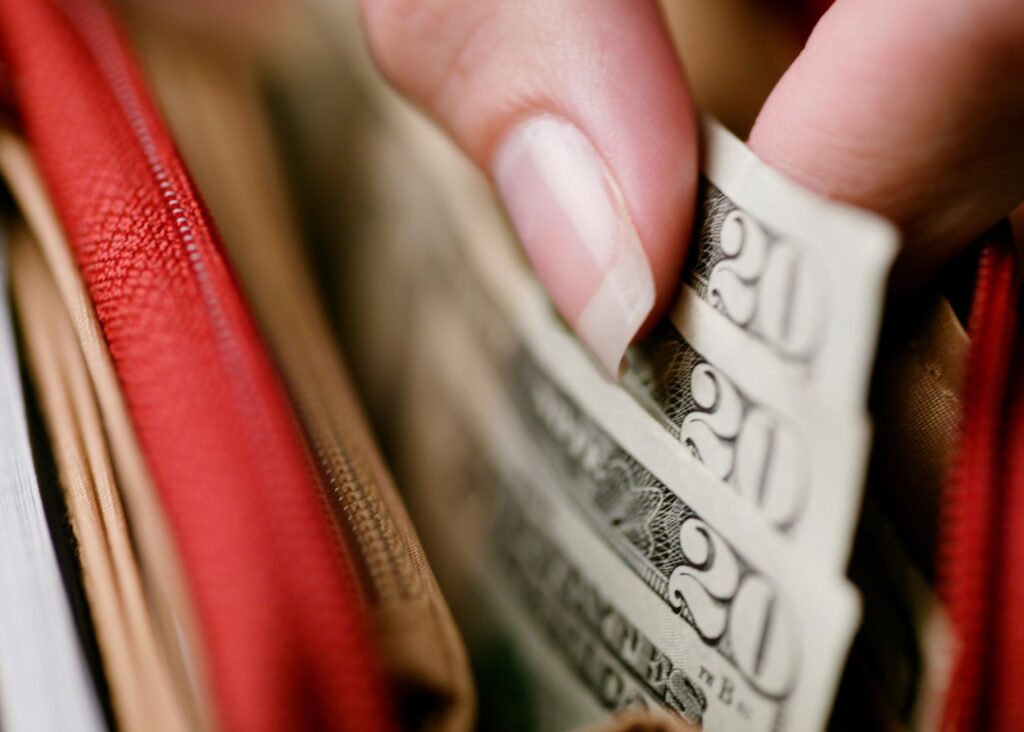So you’ve decided that you want to buy your first home. You’ve saved a little bit of money but when you check your credit score it isn’t quite as high as you thought it would be.
Your FICO Score is the industry name for your “credit score.”
Here is a breakdown of what your FICO Score (Credit Score) consists:
- Payment history (35%): Whether you’ve paid past credit accounts on time
- Amounts owed (30%): The total amount of credit and loans you’re using compared to your total credit limit, also known as your utilization rate
- Length of credit history (15%): The length of time you’ve had credit
- New credit (10%): How often you apply for and open new accounts
- Credit mix (10%): The variety of credit products you have, including credit cards, installment loans, finance company accounts, mortgage loans and so on

Here are 4 tips to try to boost your credit score:

- On time monthly debt payments
Reducing your debt by paying your monthly bills on time is one of the most important and effective ways to boost your credit score. Your FICO Score is made up of 35% of your payment history.
Credit card bills are not just the only bills that affect your score. It is all of your monthly debt and expenses including utilities, student loan debt, medical bills, etc.
We recommend that you enroll in autopay if you are able to. That way if you have a busy month or have misplaced a bill, your payments will be received on time.

- Don’t open too many new lines of credit at the same time
New lines of credit make up 10% of your FICO Score. Essentially, when you apply for a new line of credit, the lender runs a hard inquiry which will temporarily lower your credit score. Applying for many lines of credit in a short time period can therefore damage and lower your score.
It is best to not open any new lines of credit a few months prior to applying for a mortgage.

- Keep your credit utilization rate to a minimum
Your credit utilization rate is defined as the amount of credit you have used divided by your available credit. For example, if you have spent $2,500 on your credit card and your credit limit for that card is $5,000 then your credit utilization rate is 50%. It is recommended to keep your credit utilization rate below 30%
If you are able, it is most beneficial to pay off credit balances each month but continuing to make on-time monthly payments will also help to decrease your credit utilization rate.
Another way to decrease your credit utilization rate is to ask your credit lender for a credit limit increase.

- Check for credit report errors
Whether you are trying to increase your credit score or not, it is always important to check for errors in your credit. A common example of an inaccuracy could be a line of credit taken out in your name that you didn’t apply for. This could be very severe and could not only negatively affect your credit score but could result in legal matters as well.
Questions? Comment below!

